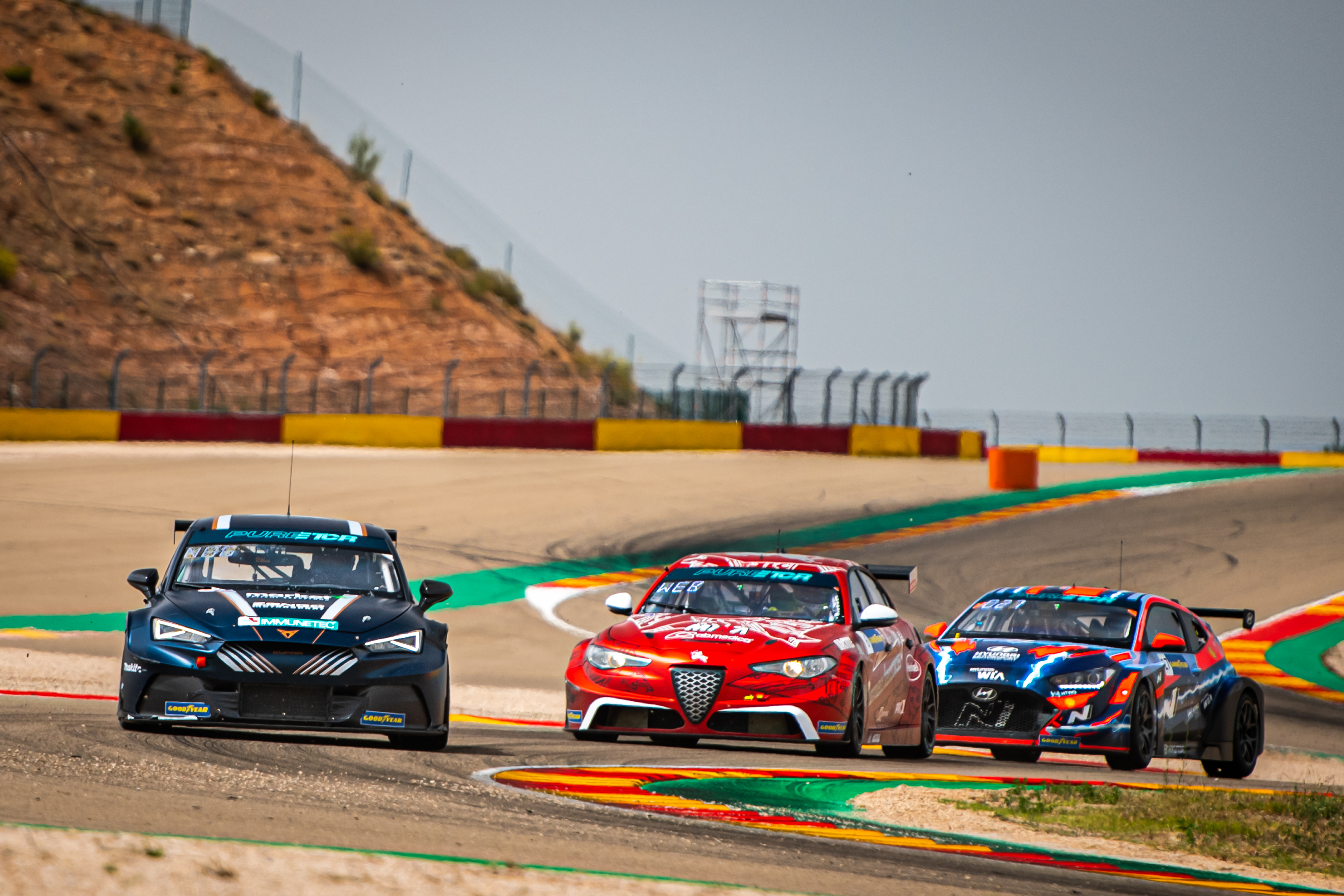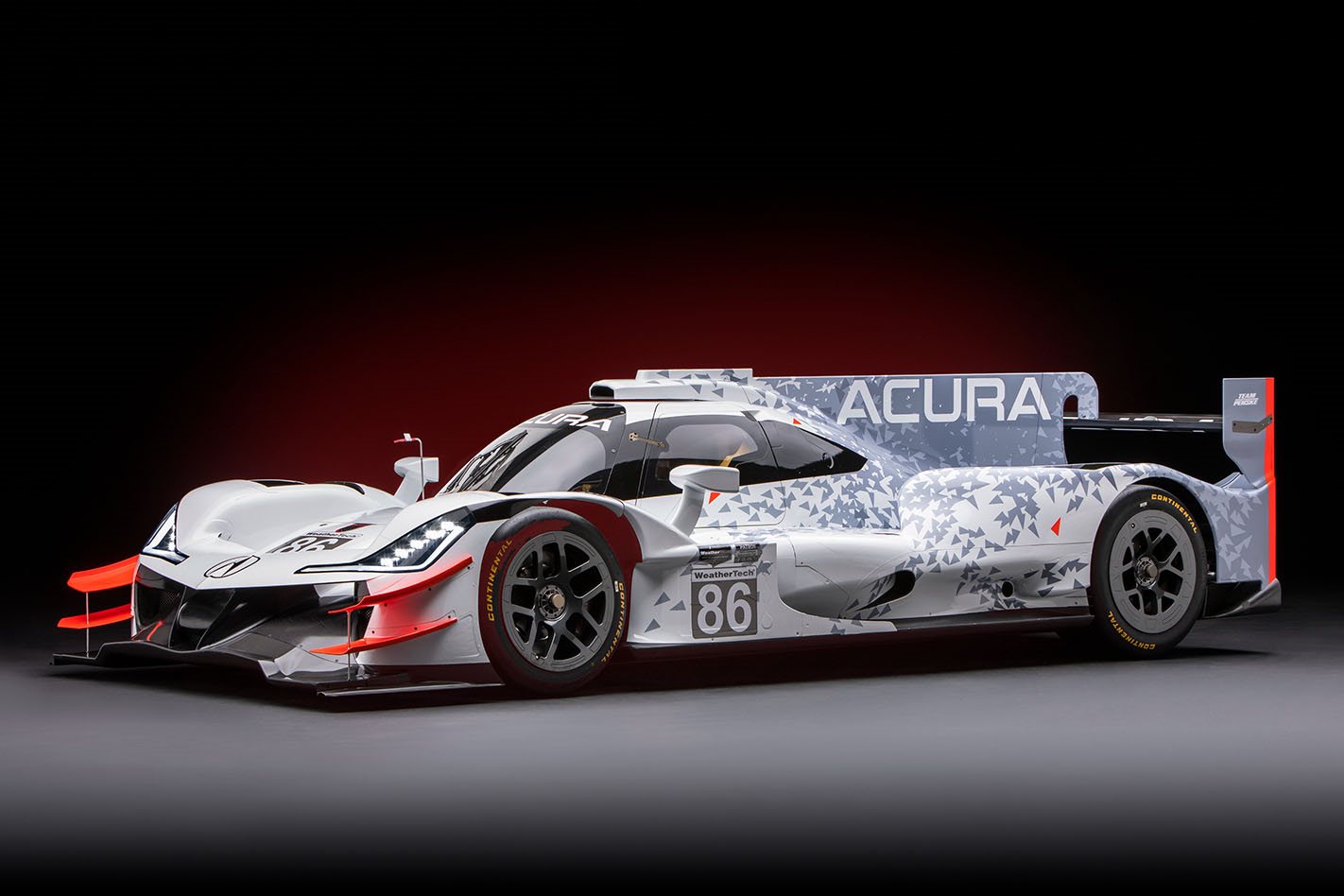Volkswagen’s first-ever racing EV is designed for Pikes Peak, which just happens to be a place that could have been purpose-designed for EV racing.
Volkswagen Motorsport, which designed and constructed the 500kW racer, dubbed I.D R, in just eight months, won’t say how much the project is costing. But they do admit the budget needed approval at the highest level … the VW board of management.
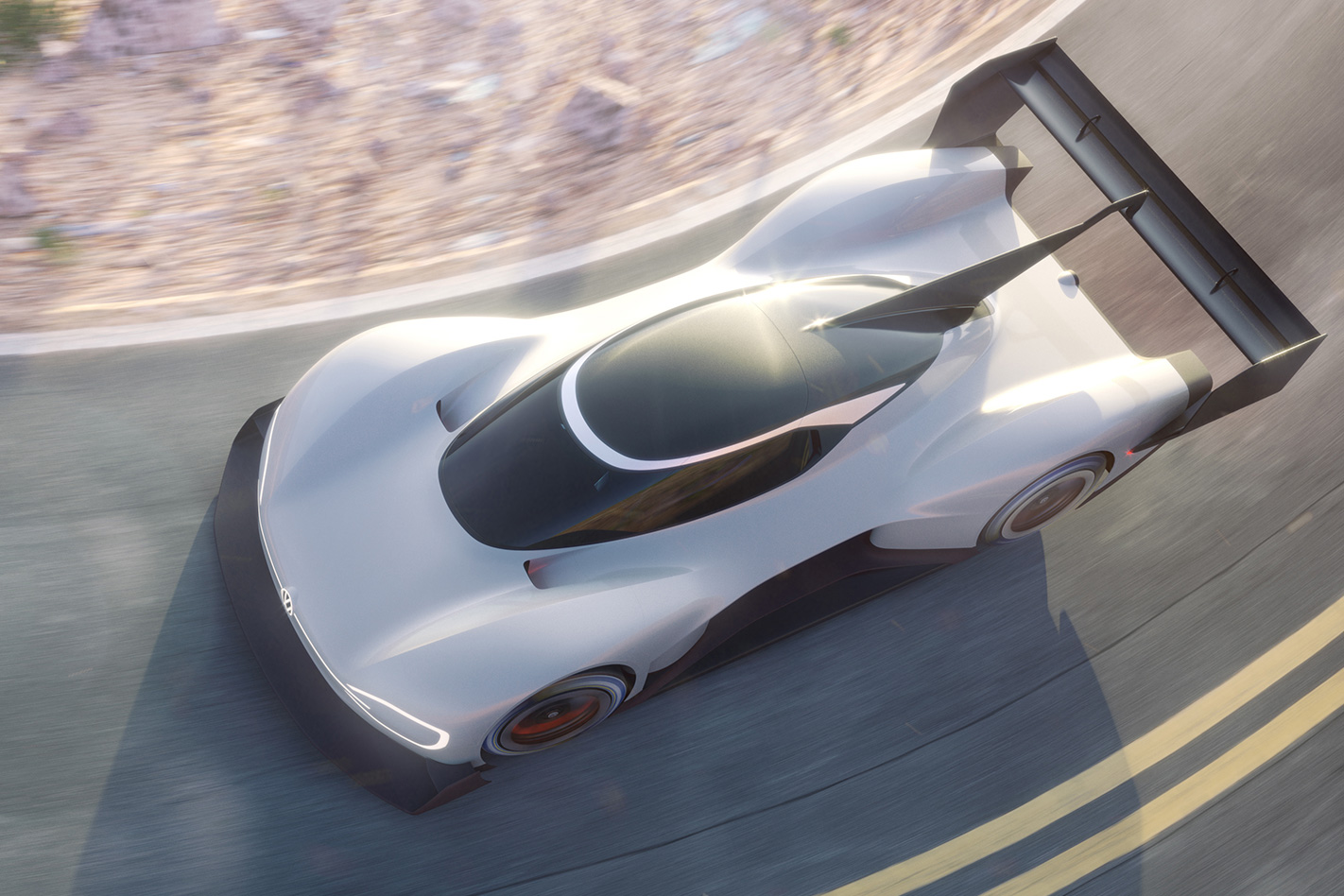
VW saw an opportunity to add some go-fast gloss to the image of EVs ahead of the 2019 launch of the first of its battery-powered I.D. line-up, while also promoting its established high-performance R sub-brand. So it’s important the I.D. R Pikes Peak does well.
Romain Dumas, the French-born endurance racing specialist who will pilot the car on 24 June, brims with confidence. “If you speak about performance, the best there is is electric. It is not a compromise, it’s the best choice.”

Dumas is a two-time 24 Hours of Le Mans winner, driving an Audi in 2010 and Porsche in 2016. He has run at Pikes Peak five times and won on three of them, including 2016 and 2017.
“At Pikes Peak, electric is the best concept you can have,” Dumas says. “Why? Because you don’t lose power. ”
Internal combustion engines grow weaker as altitude increases. Thinner air means less oxygen to burn fuel, curbing power. The effect is significant at Pikes Peak, where the finish line is 2000 metres higher than the summit of Australia’s highest mountain. An engine’s power up here is reduced more than 40 percent compared to what it makes at sea level, where air is densest.
Battery-powered EVs burn nothing, so their power is unaffected by altitude.
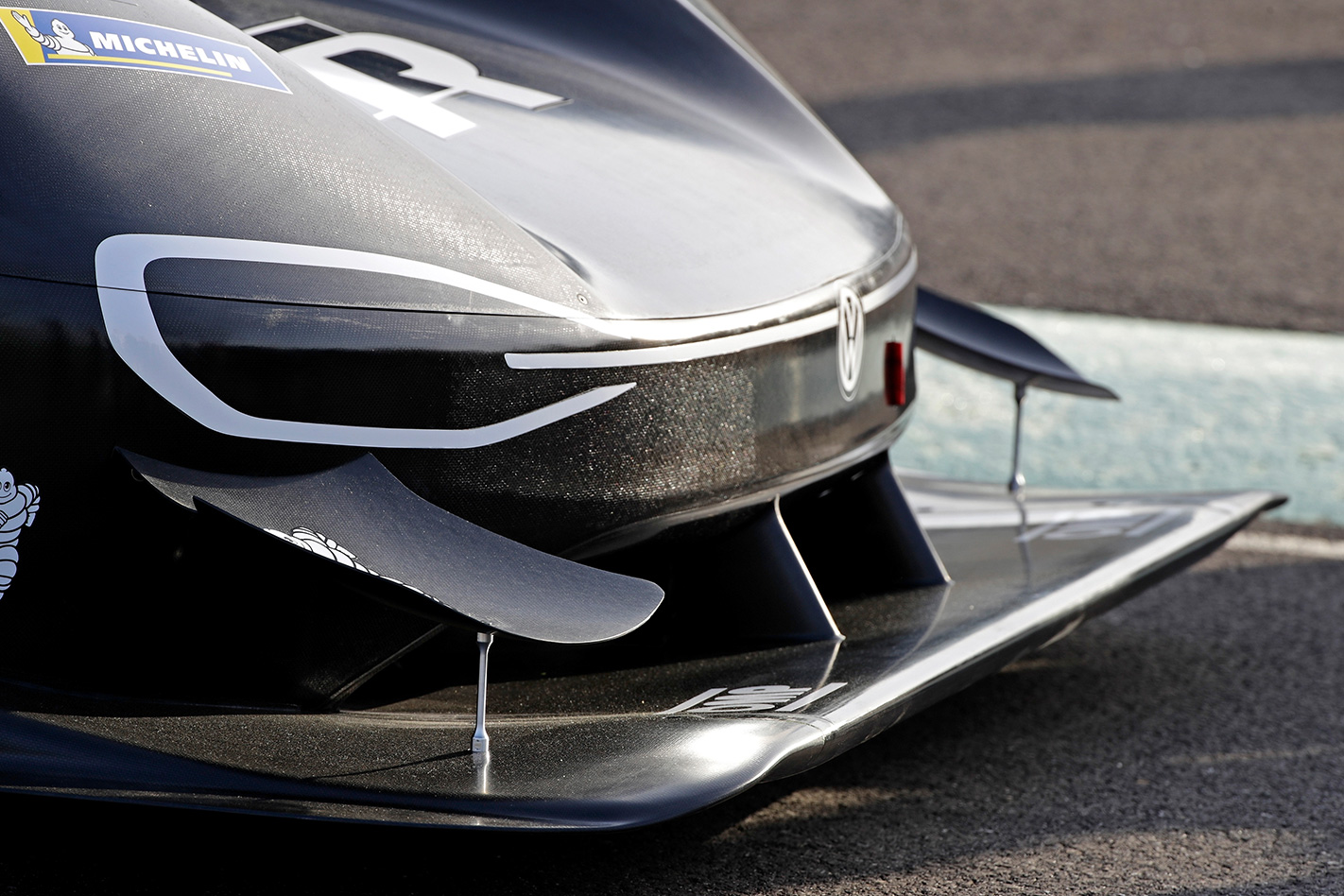
“You have the disadvantage of the weight, sure,” says Dumas, referring to the batteries. But the run up Pikes Peak is only 20km, taking around nine minutes, so enough energy can be stored in a pack that’s not too heavy.
The I.D. R will generate energy while it’s racing, reducing the weight of the battery pack it requires for Pikes Peak. VW Motorsport estimates that slowing for the course’s 156 turns will provide 20 percent of the car’s total energy needs through regenerative braking.
VW Motorsport says the I.D. R Pikes Peak will weigh less than 1100kg, with Dumas in the driver’s seat. Though more than five metres long and well over two metres wide, it’s a lightweight. The monocoque chassis and all the bodywork is carbonfibre. Suspension is double A-arms all round, and there’s a steel rollcage.

The I.D. R Pikes Peak is powered by two electric motors, one for each axle, making it all-wheel drive. VW Motorsport tech director, François-Xavier ‘FX’ Demaison says the rear motor will be more powerful than the front, but the precise split is something to be decided during a frantic test period in France before the racer is air-freighted from Europe to the USA.
Road car battery packs aren’t right for a racer, so VW Motorsport is sourcing them from US-based specialist A123, a company with experience in providing lithium-ion cells for motorsport applications.
“We need the batteries to provide the best power density they can,” says Demaison. “That is different to the electric vehicles you see every day. Their energy density must be high enough to generate a higher range.”
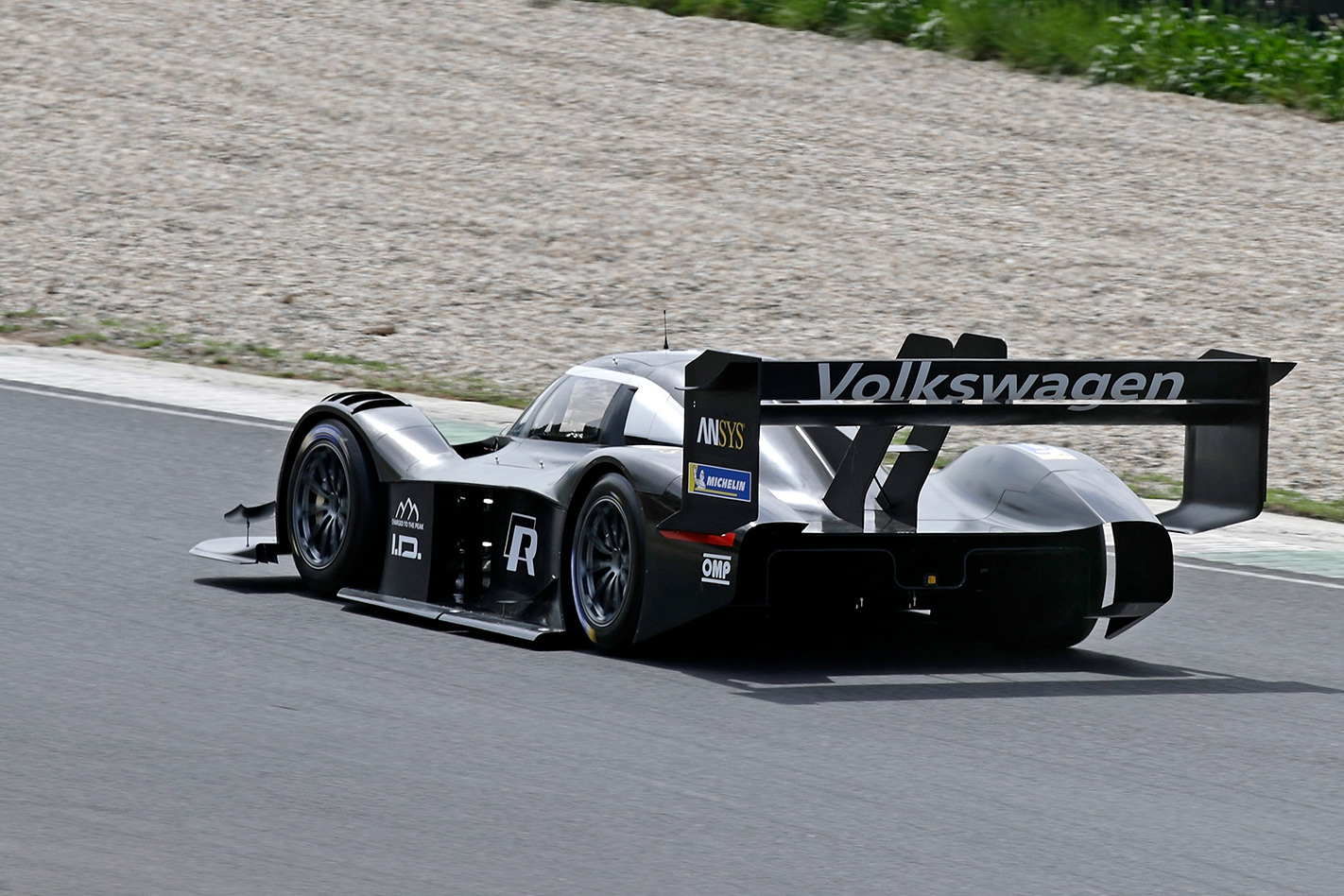
VW Motorsport aims to beat the current Pikes Peak EV record of 8:57.118, set in 2016. But the division is clearly hoping for a higher return on investment than this, mountain weather permitting. As an Unlimited Division runner, the I.D. R must have some chance of setting 2018’s best outright time, too.
“Pikes Peak is very difficult,” says Romain Dumas. “You have only one try, only one chance. You invest a lot of time, you can invest a lot of money. You can have the best driver, the best car. But let’s say it’s snowing. Then you have made everything for nothing…”





